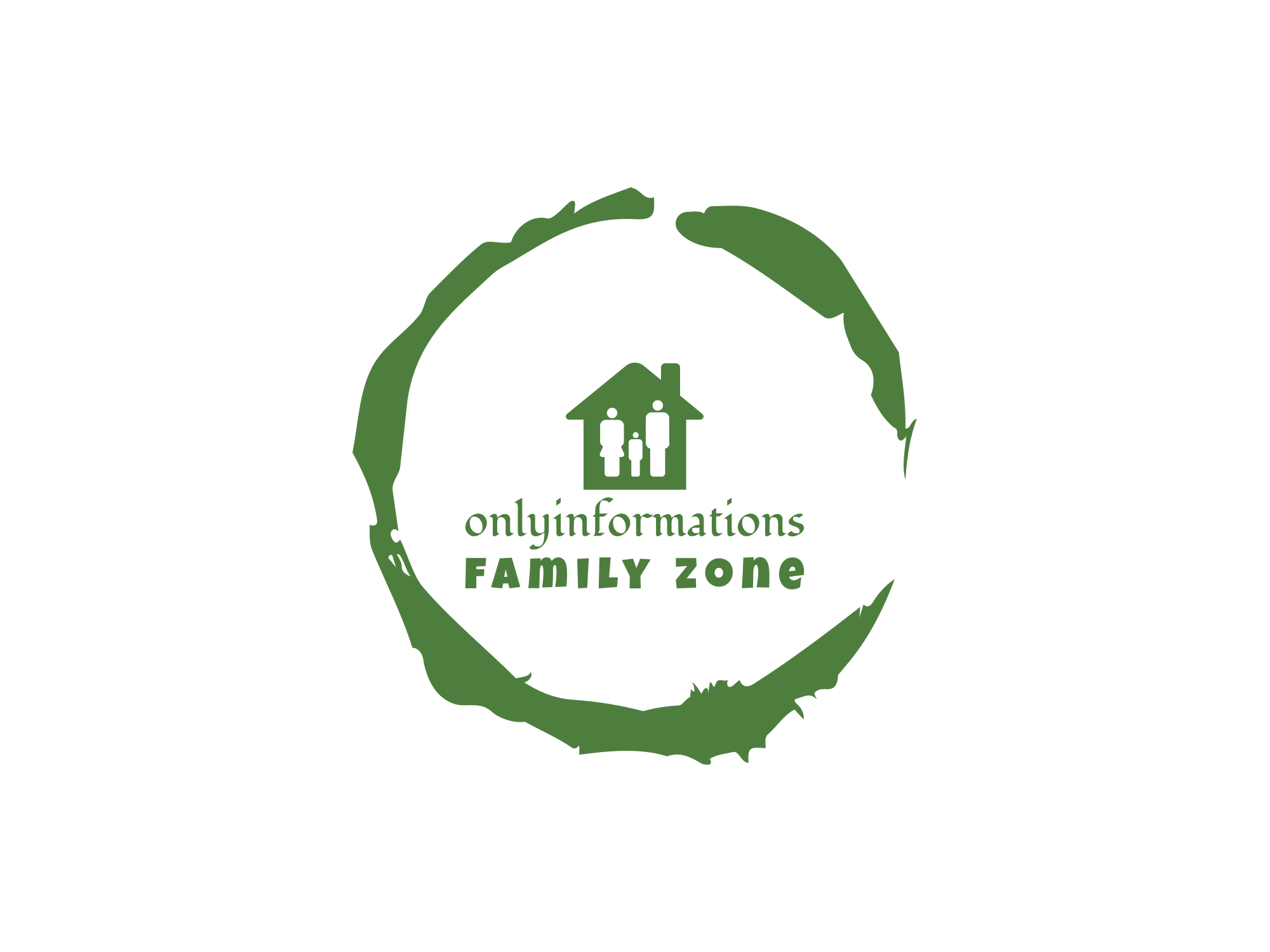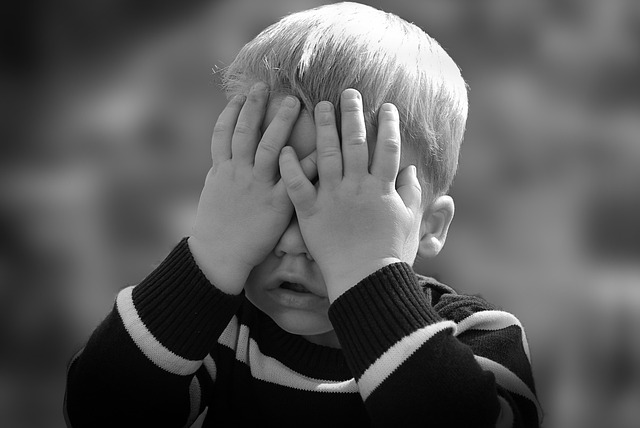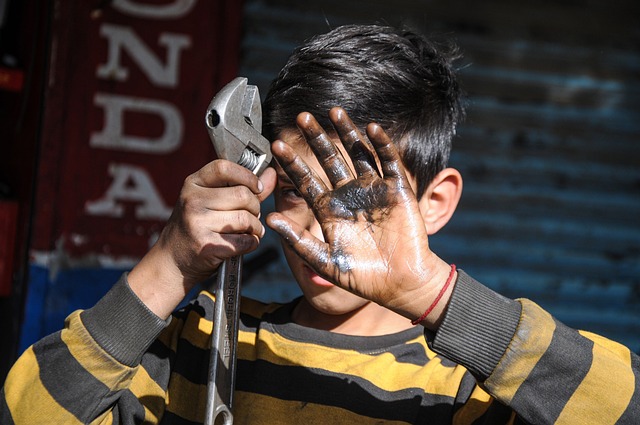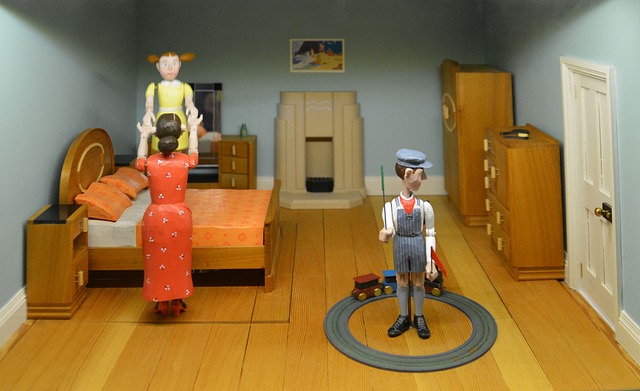What Is Child Care and Development
The subject refers to the care and education of children from birth to adolescence. This encompasses many services, including infant and toddler care, preschool and school-age programs, and after-school care. So that means of child care and development are the collective actions and attitudes that promote children’s physical, cognitive, emotional, and social development. This comes as the primary responsibility on the parent’s shoulders and the teachers. However, we can extract it in different steps depending on age and period of life.
Infant and toddler care
This typically focuses on meeting the child’s basic needs, such as feeding, sleeping, and diapering. The term Childcare providers may introduce activities that promote cognitive development as children grow and develop, such as reading, singing, and playing with toys. They may also engage in activities that promote physical development, such as gross motor skills, such as crawling, walking, and jumping, and fine motor skills, such as grasping and holding small objects.
Pre-school and school age
On the other hand, preschool and school-age programs typically focus on preparing children for school and beyond. This may include activities that promote literacy and numeracy skills and social and emotional development. Childcare providers may also incorporate art, music, and science activities into the curriculum to encourage creativity and critical thinking.
After School
These particular care programs help ensure a safe and healthy environment outside of the home while parents are at work. Initially, such programs may include homework help, physical activity, and other activities that promote socialization and personal growth.
In addition to providing care and education, childcare providers also play an essential role in promoting the overall well-being of children. This includes monitoring their physical and emotional health, providing nutritious meals and snacks, and promoting positive behaviour. Childcare providers may also work closely with families to support the child’s development and build a strong partnership between the provider and the family.
As a checklist of eligibility criteria Childcare providers should be trained and educated in child development and the specific age group, they are working with. Especially, All staff related to it are well acquainted with the unique skills of first aid and CPR and are aware of the signs of child abuse and neglect.
However, the Child Care and Development field can be expensive, and many families struggle to afford it. Government funding and subsidies can help make child care more affordable for low-income families.
Additionally, Child care and development are critical in promoting physical, cognitive, emotional, and social development. It provides a safe, nurturing, and stimulating environment that helps children to grow and thrive. Mainly childcare providers must be well-trained and educated in child development and work with families to support the child’s development.
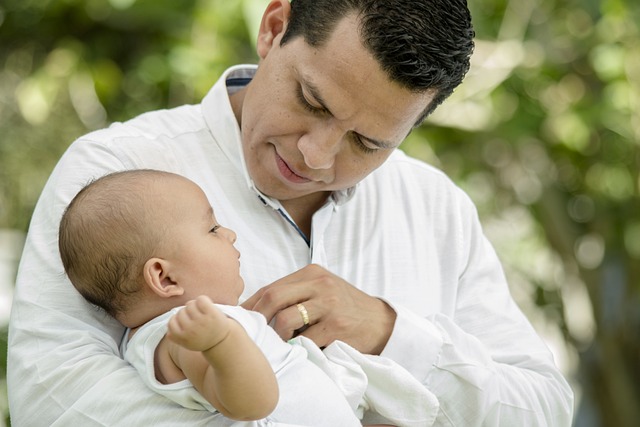
What is child cognitive development?
The growth and progression of a child’s mental abilities and processes are considered child cognitive development. This includes the development of perception, attention, memory, problem-solving, and reasoning skills as a part of Child Care and Development
- Perception refers to how a child interprets and makes sense of the world. It includes the development of visual, auditory, and tactile senses. As a child grow, they learn to differentiate between different colours, shapes, and sizes, as well as various sounds and textures.
- As a child’s attention span develops, they can engage in longer and more complex movements.
- A child’s memory capacity and recall ability will improve as they develop. For example, infants have short-term memory, but as they grow older, their memory capacity increases, and they can recall events from the past.
- As a child develop, they will become more adept at reasoning and planning and can think more abstractly.
How Different Experiences of Children Influence Cognitive Development
This is well well-observed and proven statement that a child’s environment and experiences influence cognitive development. Children exposed to various stimulating experiences, such as reading, playing with educational toys, and participating in age-appropriate activities, will have a more significant opportunity to develop their cognitive abilities. Additionally, a child’s relationships with their caregivers and peers play an important role in cognitive development, providing opportunities for social interaction, communication, and cooperation.
However, Cognitive development is a continuous process throughout a child’s life and not just in the early years, and children develop at different rates. Therefore, it is crucial to provide age-appropriate and individualized support for children for they to reach their full cognitive potential.
Why are children copying bad behaviour
Children often copy the behavior of those around them, particularly adults and older children, to learn and make sense of the world. This is known as “social learning” or “modelling.” When children observe and imitate the behavior of others, they can learn new skills and acquire knowledge more quickly than they would on their own.
What are the reasons behind Child Care and Development
However, children can copy bad behavior, such as aggression, lying, or disrespectful language. There are several reasons behind depending on the situation. If a child is exposed to bad behavior regularly, they may view it as normal and acceptable. Additionally, a child needs to be provided with positive role models or appropriate guidance. In that case, they may turn to negative behavior to cope with stress or gain attention.
What kind of Disorders associate Child Care and Development
Children with certain developmental or behavioral disorders, such as (ADHD) or O(ODD), may have difficulty controlling their impulses. They may be more likely to copy bad behavior.
Parents and caregivers are always alert and like a reasonable observers to be aware of the behavior children are exposed to and to take steps to address any negative behavior that the child may be copying. This can include providing positive role models, setting clear and consistent boundaries, and engaging in positive reinforcement to encourage good behavior. Parents and caregivers should also ensure the provision of healthy and educational learner surroundings for the children to learn and overcome.
In addition, if a child displays persistent lousy behavior, it may be necessary to seek guidance from a professional, such as a paediatrician, child psychologist, or educational consultant, to help identify underlying causes and develop strategies to address them.
In conclusion, children often copy the behavior of others as a way to learn and make sense of the world. Still, parents and caregivers need to be aware of the behavior children are exposed to and take steps to address any negative behavior they may be copying.
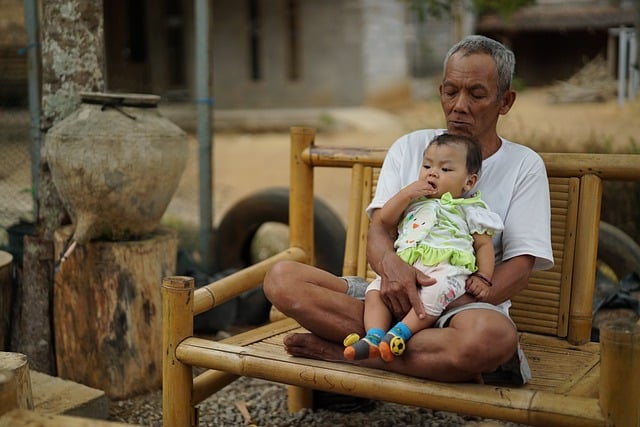
How to develop a Child Care and Development resource centre?
Developing a childcare resource centre involves various steps, including planning, funding, and implementation. Some of the most noticeable points while building a childcare resource centre:
Define the center’s scope and purpose
The centre: The goals and objectives of the centre and the specific services should be clear. Let’s say the centre focuses on providing information and resources for parents and caregivers, or will it also provide direct services such as parenting classes and support groups?
Conduct a needs assessment:
Research the community to determine the specific needs and gaps in childcare services. This may include surveying parents and caregivers, conducting focus groups, and gathering data on childcare availability and quality in the area.
Develop a business plan
As with other businesses, here also requires a proper plan with all the centre’s details. For this purpose, the document includes the mission statement, objectives, target audience, services offered, projected budget, and fundraising and marketing strategies.
Secure funding
Identify potential funding sources, such as grants from government agencies, private foundations, and local businesses. Develop a budget and fundraising plan to secure the necessary funding.
Choose a location
The most important is the site area of the child care centre, which is easily accessible to working parents. Additionally, the place should be equipped with the proper required space, including all facilities to accommodate the child day care services and activities.
Hire staff
Recruit and hire staff knowledgeable about child care and development and with experience working with families and children.
Develop programs and services
Develop a range of programs and services that meet the community’s needs, such as parenting classes, support groups, resource and referral services, and information on child care and development.
Promote the center
Develop a marketing and promotion plan to inform the community about the centre and its services. This may include brochures, flyers, social media, and community events.
Evaluate and improve
Continuously evaluate the centre’s programs and services to ensure they meet the community’s needs and impact positively. Use this feedback to improve and adjust the centre’s programs and services.
In conclusion, developing a childcare resource centre is a multifaceted process that involves planning, funding, and implementation. Conducting a needs assessment, developing a business plan, securing financing, choosing a location, hiring staff, developing programs and services, promoting the center, and evaluating and improving its programs and services is essential.
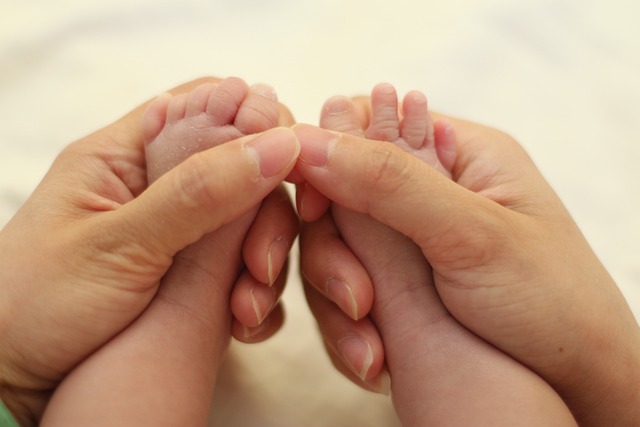
How to develop confidence?
Developing child confidence requires a combination of positive reinforcement, encouragement, and providing opportunities for children to learn and grow. Some of the significant points which can practically help to enhance the child’s confidence:
Provide positive reinforcement
Usually, children become more confident and positively get an appreciation for their small acts, so no matter how small, the parents, caregivers, and teachers should always appreciate them. This helps children to feel good about themselves and to believe in their abilities.
Encourage independence
Give children age-appropriate responsibilities and allow them to make their own choices. This helps children to feel capable and in control of their own lives.
Provide opportunities for success
Set children up for success by providing them with age-appropriate challenges and activities. As children experience success, their confidence will grow.
Please give them a space for failure
It’s essential to allow children to experience failure because when children fail, it’s necessary to help them understand that failure is not the end. So in this way, children naturally learn from their mistakes.
Help children develop positive self-talk
Encourage children to talk positively to themselves and help them to understand the power of positive thinking.
Encourage children to try new things
Re-attempt and always appreciate to the extent that children get the motivation to attempt the failure again and again until unless getting succeed. This can get them out of their comfort zones and try new activities and experiences. This could be the best strategy to develop new skills and interests and to gain confidence in their abilities.
Role model
Parents and teachers are the first role models for their children. So it’s essential to be a good role model and to demonstrate confidence in your abilities.
Help children to develop social skills
Encourage children to interact with others and to develop strong social skills. As children become more comfortable interacting with others, their confidence will grow.
Fight with failure
Always encourage them that failure at any work is not the end. Guide how to enhance their skills to achieve success over time. This understanding will help them take risks and persevere in facing challenges.
Final Word About Child Care and Development
Developing child confidence is a process that requires positive reinforcement, encouragement, and providing opportunities for children to learn and grow. It is essential to give the children age-appropriate challenges and activities, to help them develop positive self-talk, to encourage them to try new things, to be a good role model, to help them develop social skills, and to develop a growth mindset.
